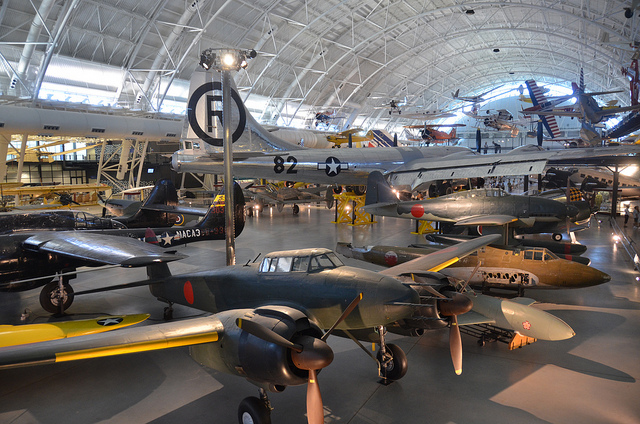The Treaty on Open Skies came into effect on January 1st 2002 and it was joined by 34 countries. It establishes a program of unarmed aerial surveillance flights above the territory of all the participating countries. It was designed to improve the understanding and trust among all participants, regardless of their size, through the gathering of information about military operations that might affect them.
The treaty is one of the greatest international efforts in order to achieve military transparency. The concept of mutual aerial observation was proposed initially to the Chairman of the Council of Ministers of the USSR Nikolai Bulganin, by the President of the United States Dwight Eisenhower in the Geneva Convention of 1955. However, the Soviets quickly rejected the idea that remained latent for years. Finally an agreement was made by initiative of President and former director of the Central Intelligence Agency George H. W. Bush in 1989. Negotiated by the then members of the NATO and the Warsaw Pact, it was signed in Helsinki, Finland, on March 24th 1992. The United States ratified it in 1993. This treaty is independent from any other civil open skies agreement.
Members
The 34 states that are members of the Treaty are: Belarus, Belgium, Bosnia and Herzegovina, Bulgaria, Canada, Croatia, Czech Republic, Denmark, Estonia, Finland, France, Georgia, Germany, Greece, Hungary, Iceland, Italy, Latvia, Lithuania, Luxembourg, Netherlands, Norway, Poland, Portugal, Romania, Russian Federation, Slovak Republic, Slovenia, Spain, Sweden, Turkey, Ukraine, United Kingdom, and United States. Kyrgyzstan has signed but not yet ratified. Canada and Hungary are the depositaries of the treaty in recognition of their special contribution to the process, this means that they hold the documents of the treaty and provide administrative help.
The duration is limited and the adhesion to it from other countries is allowed. The former Soviet republics are not member states but they can have access to the treaty whenever they want to. Entry requests of new countries are studied by the Open Skies Consultative Commission or OSCC, which should reach a consensus for its approval. This commission is based on Vienna, and it is in charge of facilitating the implementation of the treaty and all of the member states belong to it. Eight States have joined the treaty since it was constituted: Finland, Sweden, Latvia, Bosnia and Herzegovina, Croatia, Slovenia, Estonia, and Lithuania.
Basic components of the treaty
Sensors
Recognition planes have video cameras and photograph cameras to be used during the day, infrared scanners and radars. The quality of the photos should allow the location of installations and military equipment, for instance being able to distinguish between a tank and a truck, thus reaching a significant transparency on military activities. The functionalities of the sensors can be augmented and improved through agreements between the Member States. All the sensors used on planes effect should be available for any of the signatories in a commercial way. The resolution of the images is limited to 30 centimeters.
Airplanes
The observation planes can belong to the observing member or they can be provided by the observed country (also known as “taxi” modality) and the latter is able to make a choice on the matter. All the planes to be used as well as the sensors they can incorporate should go through specific tests and previous inspections to ensure that they are up to the standards of the treaty. For instance, the United States uses The OC-135B open skies, which is a military version of the Boeing 707.
Canada uses a Lockheed C-130 Hercules equipped with the “SAMSON” sensor system, which is installed on a specially modified fuel compartment. This system is operated by a consortium formed by Belgium, Canada, Spain, France, Greece, Italy, Luxembourg, Norway, Holland and Portugal. The costs of maintenance of the SAMSON pod are shared based on the use that each country makes of it.

Territory
The open skies regime covers the territory over which the Member States exercise their sovereignty, including islands, land, and internal and territorial waters. The treaty specifies that all of the territory of a member state is open for observation. Observation flights can only be restricted by security reasons for the crew and not for reasons of national security.
Quotas
Each Member State is obligated to accept a certain amount of observation flights, which is known as a passive quota. The active quota, instead, is the number of flights they can send and it must coincide with the first one. During the three years following the entry to the treaty, each state receives at a maximum 65% of the flights marked by their passive quota. For instance, given the fact that the annual passive quota of the United States is 42 flights, during those three years it could only receive 31 flights per year. In 2005, the United States received two observation flights from the group of member states of Russia and Belarus. The United States have the right to make 8 yearly flights of the 31 that the group can receive. Besides, it shares with Canada the possibility of making one annual observation flight to the Ukraine.
